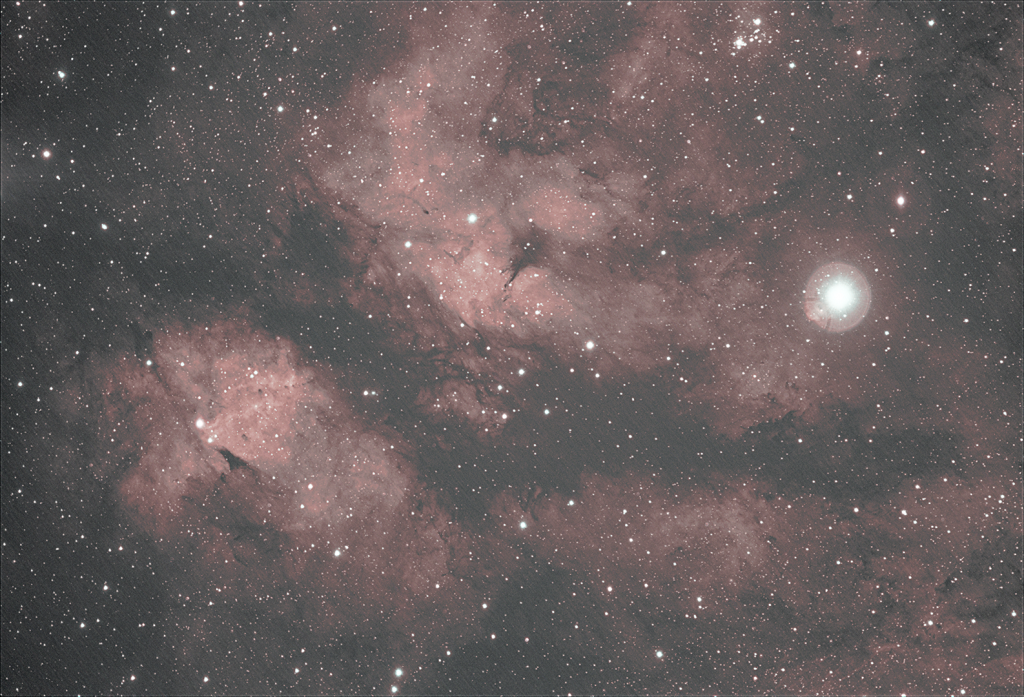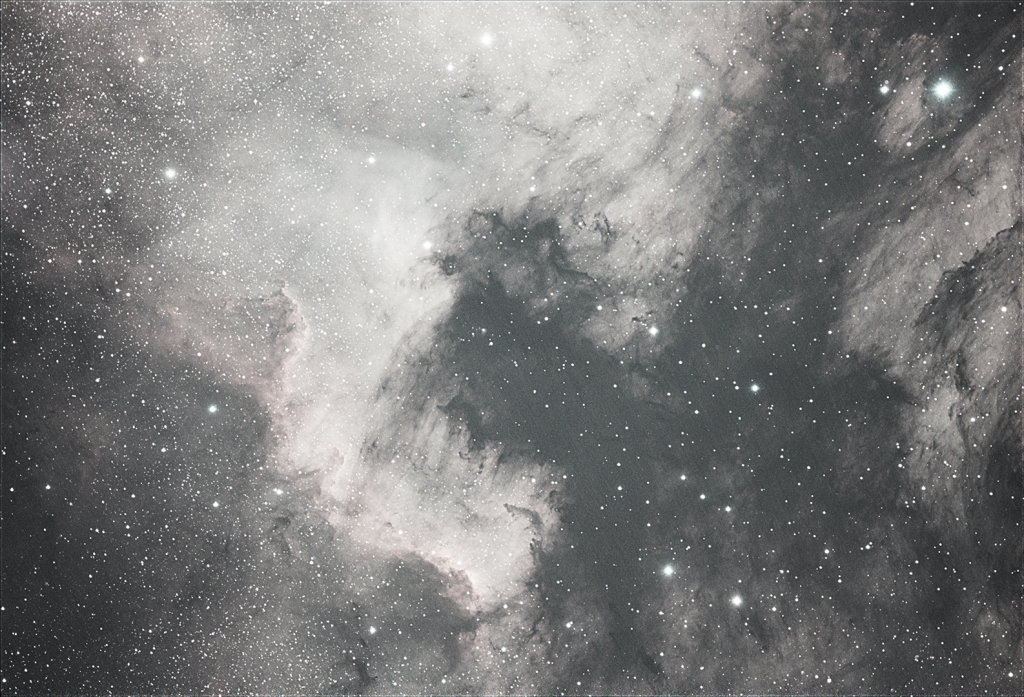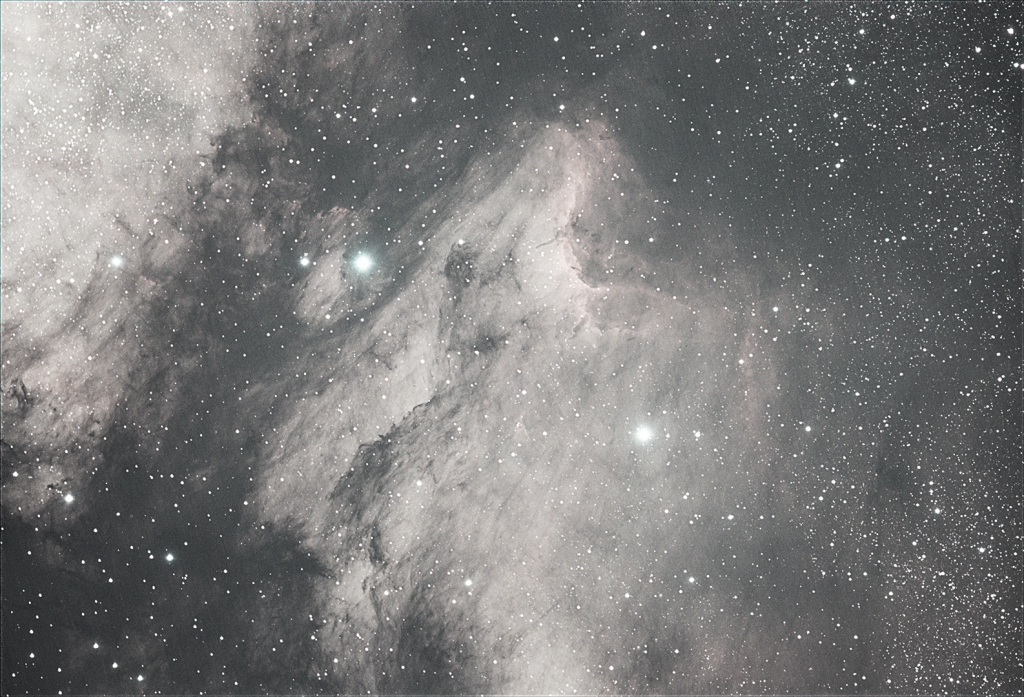I shot this with my 11″ SCT and Hyperstar, 40 60 second subs stacked. This could use a longer focal length than the 532 mm provided by the Hyperstar but it did a good job anyway. I used an Optolong L-Pro filter to reduce light pollution.
Messier 13 or M13, also designated NGC 6205 and sometimes called the Great Globular Cluster in Hercules or the Hercules Globular Cluster, is a globular cluster of several hundred thousand stars in the constellation of Hercules.
M13 was discovered by Edmond Halley (of comet fame) in 1714, and cataloged by Charles Messier on June 1, 1764 into his list of objects not to mistake for comets; Messier’s list, including Messier 13, eventually became known as the Messier Catalog.




